
If you have an older roof on your home, you may find yourself wondering whether you should upgrade it to a new roof, or whether you should keep the roof you have until it fails. There are many reasons why installing a new roof may make financial sense if your

Here at Rosie’s Roofing and Restoration, we are firm supporters of women’s rights and female empowerment. That is why we chose the iconic Rosie the Riveter as the inspiration for our company name. The construction business has been dominated by men throughout history, and while we employ both men and
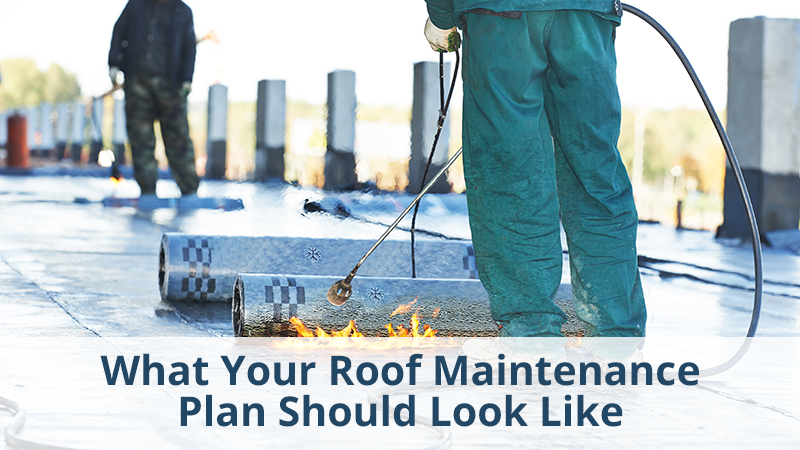
Your commercial roofing system is essential to your commercial building. The roof keeps moisture out, helps with your energy usage and helps keep the items stored inside of the building safe and sound. As such, it is vital to properly maintain your commercial roof. Unfortunately, many commercial building owners have
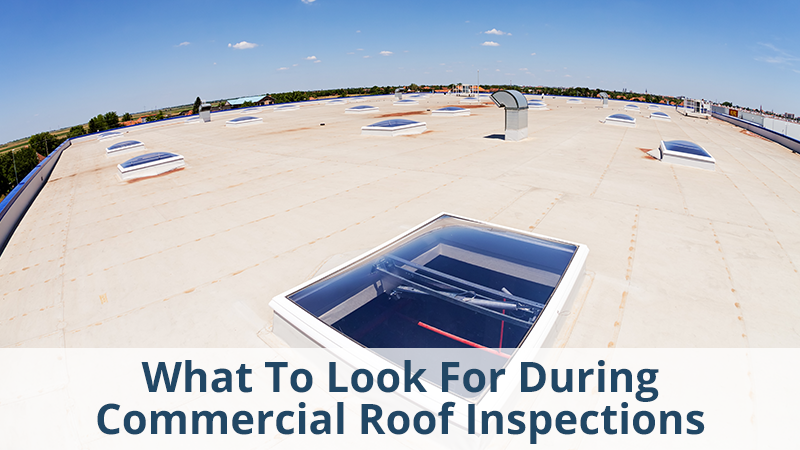
Would you know the signs of a compromised commercial roof just by looking? Sometimes commercial roof issues show long before serious leaks start, but it often takes a trained eye to see what’s going wrong – especially if you rarely venture out onto a commercial roof to take a look

You have survived the whipping winds and pelting rain of another storm – it’s time to let out a sigh of relief. But wait! Have you inspected your roof carefully? If not, you may soon discover that the last storm caused more damage to your commercial building than you thought;
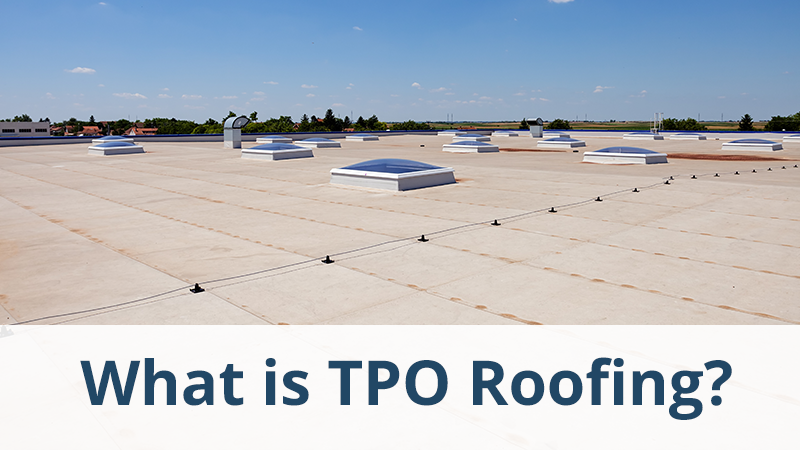
What is TPO Roofing? When it’s time to replace the flat roof on your commercial or industrial building, you’ll face a multitude of choices. TPO, EPDM, PVC and modified bitumen lead the field in popular single-ply membranes. Built-up roofing (BUR), commonly known as tar and gravel, still contends for a
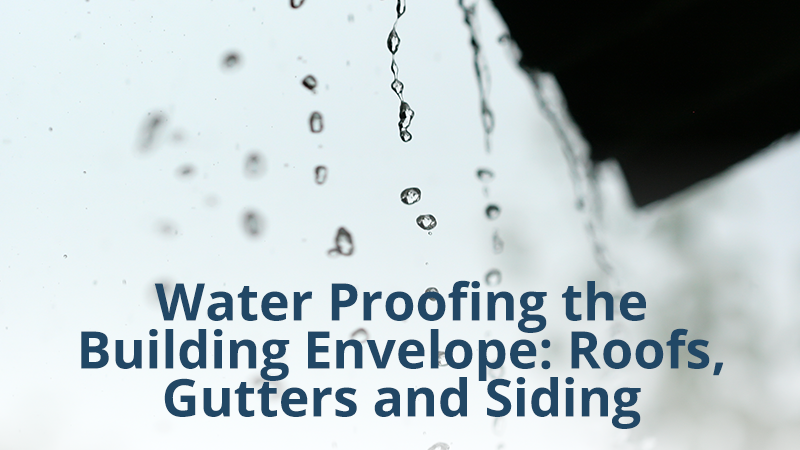
Living comfortably in a rigid building comes with some serious cost. However, houses avert the forces of nature and prevent wind, water and pests from sharing your living space, which is well worth the expense. Failure to adequately waterproof the building envelope, however, renders your home (or business) little more
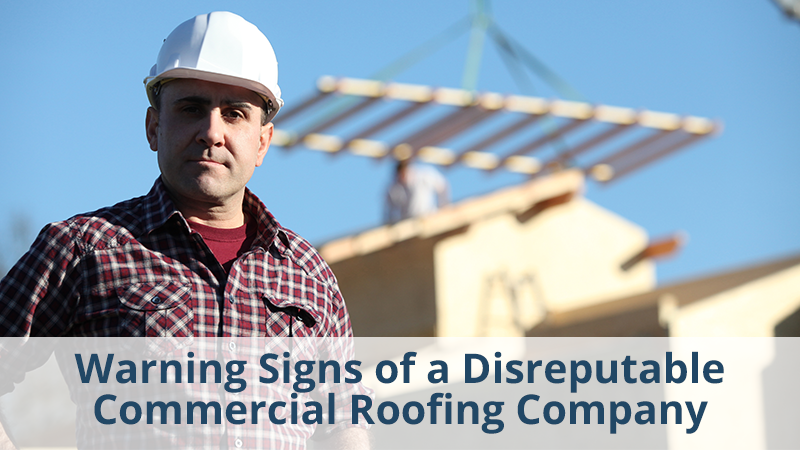
Unfortunately, not every roofing company or contractor that you encounter is reputable or reliable. This is why it is so important to do your research when you are looking to hire a commercial roofing company. Taking the time to research companies or contractors can help you find a company that
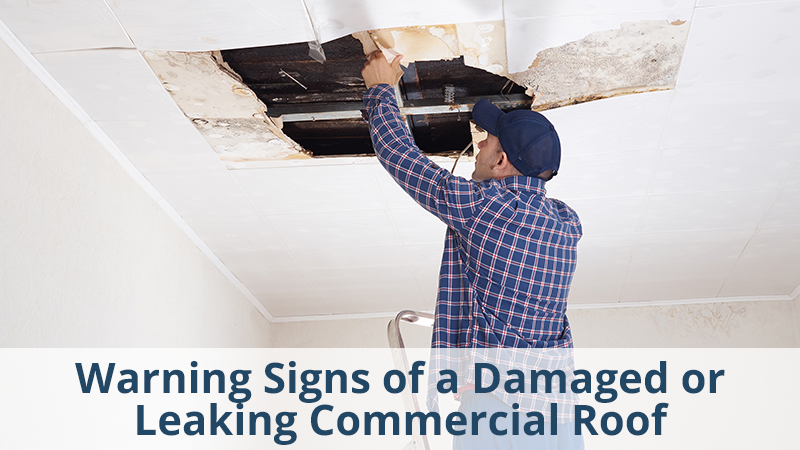
Most roof damage or leaks start out relatively small. They often give off signs that a leak is imminent or in the process of occurring. Unfortunately, many commercial business owners are unaware of what these signs are. As such, they may miss the warning signs of a leak or the

It’s your turn to host the family dinner this holiday season. There’s only one problem: you have to squeeze 19 relatives into your cozy bungalow – ouch! No matter how much you love your family, the stress of the day, coupled with a mix of personalities can make even an
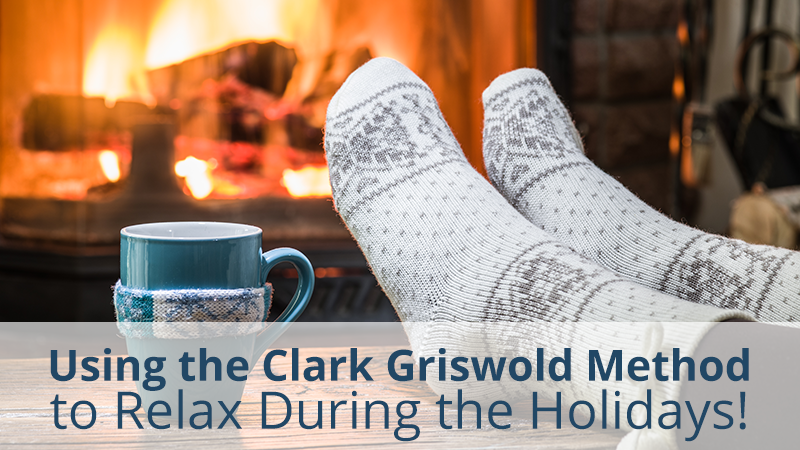
Do you need a place to escape to this holiday season? We all have dreams for the perfect family Christmas. Unfortunately, for most of us, those dreams quickly turn into the kind of holiday experienced by Clark Griswold in the famed movie Christmas Vacation. His antics may seem funny on
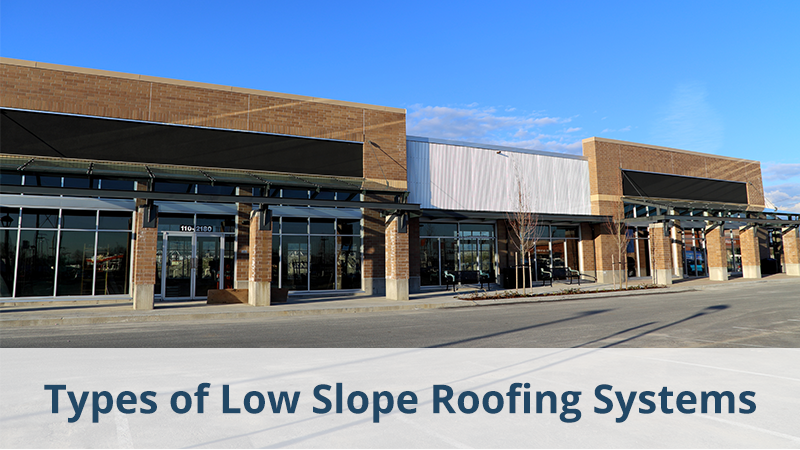
Low slope roofs, sometimes called flat roofs, are a popular option for many commercial buildings. These roofs are not completely flat; they have a minimum slope of one-fourth inch vertical to twelve inches horizontal. This allows water to drain, even though the slope is often undetectable to the naked eye.